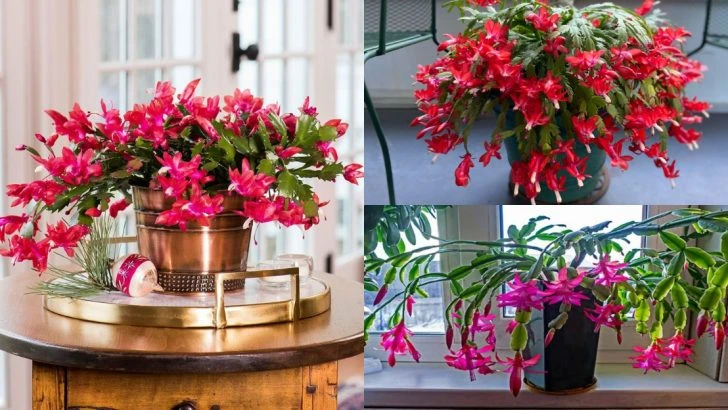Your Christmas cactus cuttings are staging a rebellion! You’ve sliced perfect segments, let them callous, and tucked them into fresh potting mix. But day after day, there’s no sign of those coveted roots. It’s enough to make you question your green thumb. Maybe the soil’s too soggy. Maybe you’re pruning at the wrong time. Maybe your cuttings are just… sulking. Before you toss them out and surrender to holiday cactus heartbreak, there’s hope. These ten tricks cover the sneaky missteps that stall rooting—like lighting mistakes, hasty watering, and overlooked humidity. With simple tweaks—think misting routines, gentle fertilizers, and the perfect pot size—you’ll coax those stubborn cuttings into thriving boles of cheer. Ready to turn the tide and watch your Christmas cactus army take root? Let’s dive into the solutions that will have your holiday garden bursting with blooms again.
Check the Soil Moisture
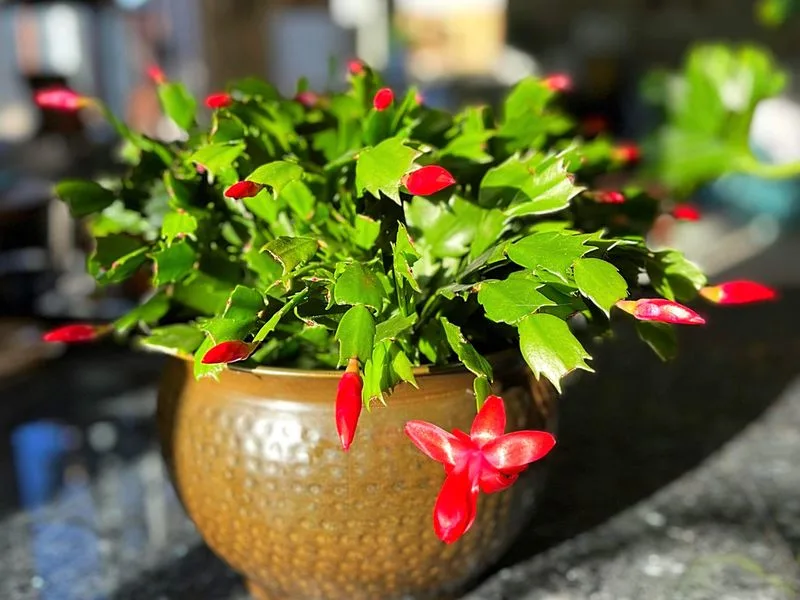
Sometimes, the simplest solution is right under your nose—or your fingers. Check if the soil’s moisture level is just right for your Christmas cactus cuttings. Too dry, and the cuttings will struggle to take root; too wet, and they might rot. Keep a balance by letting the top inch of soil dry out between waterings. This ensures the roots have access to the oxygen they need to develop. Many people find success using a moisture meter to really dial in the perfect level. Adjusting the watering routine can make all the difference for those stubborn cuttings.
Use a Rooting Hormone

Applying a rooting hormone can give your Christmas cactus cuttings a much-needed boost. These hormones are designed to stimulate root growth by mimicking the plant’s natural hormones. Simply dip the cut end of your cactus into the powder before planting it in the soil. Rooting hormones can be found at most garden centers or online, making them a convenient option. This little helper might just tip the scales in your favor, especially if your cuttings have been stubbornly resisting roots. It’s like giving your plants a gentle nudge in the right direction.
Ensure Proper Light Conditions
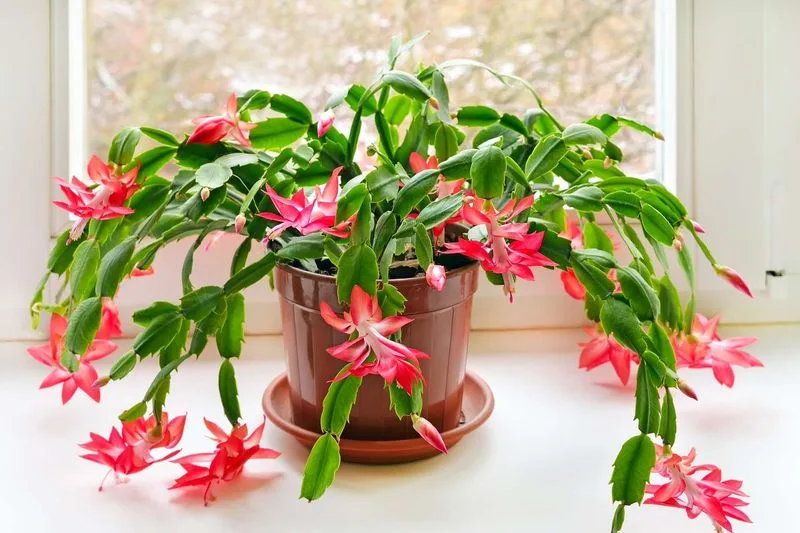
Light plays a crucial role in rooting Christmas cactus cuttings. Too much sun can scorch them, while too little can hinder root development. Aim for bright, indirect light to encourage healthy growth. A spot near a window with filtered light often works best. If natural light is scarce, consider using a grow light to supplement. Adjusting light conditions can be particularly important during the shorter days of winter. By catering to your cuttings’ light needs, you’re setting the stage for them to flourish into mature, blooming plants.
Maintain the Right Temperature

Temperature can be a make-or-break factor for rooting cuttings. Aim to keep your Christmas cactus cuttings in a stable environment, ideally between 60-70°F (15-21°C). Fluctuating temperatures or drafts may stress the cuttings and slow root development. Consider using a heat mat to provide consistent warmth, particularly in cooler climates. Maintaining a stable temperature is like wrapping your cuttings in a cozy blanket, encouraging them to root successfully. It’s a small adjustment with potentially big results, especially for those tricky cuttings.
Try a Humidity Dome
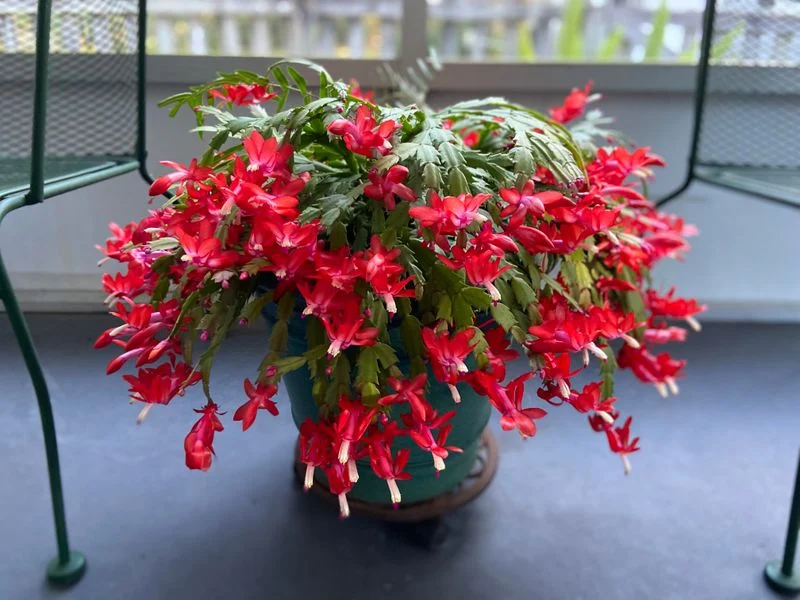
Creating a mini greenhouse effect can work wonders for stubborn cuttings. Using a humidity dome over your Christmas cactus cuttings helps maintain a moist environment, which is crucial for root formation. The dome traps moisture and warmth, mimicking the natural habitat of these tropical plants. You can create your own dome with a plastic container or purchase one from a garden store. This simple trick can create the perfect microclimate, reducing stress on the cuttings and enhancing their chance of rooting. It’s like offering them a comforting embrace.
Switch to a Different Potting Mix
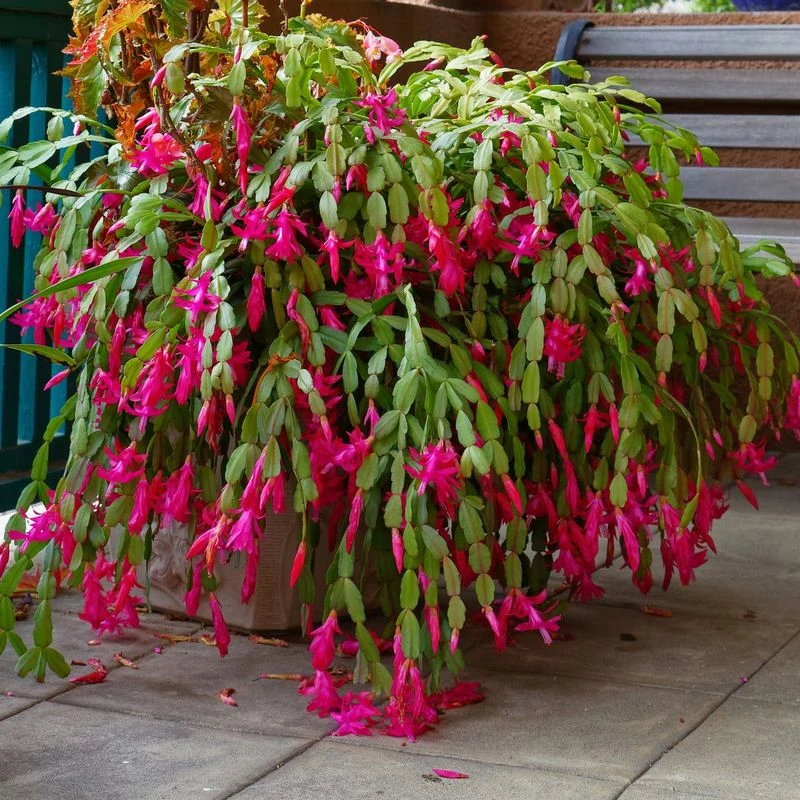
The right potting mix is essential for rooting success. Christmas cacti prefer a well-draining mix, often with added sand or perlite. If your current mix retains too much water, it might be time to switch. A gritty, airy mix promotes drainage and airflow, reducing the risk of rot and encouraging root growth. Explore different commercial cactus mixes or make your own blend. By giving your cuttings a suitable substrate, you’re laying the foundation for strong roots. This change could be the key to transforming stubborn cuttings into thriving plants.
Avoid Overwatering
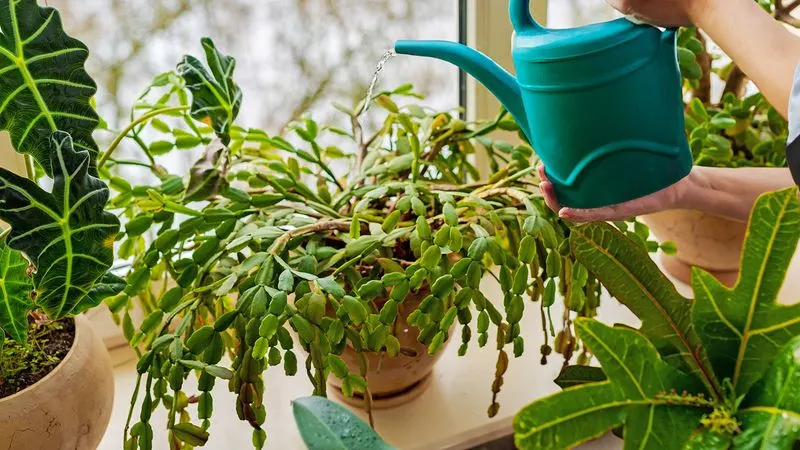
Overwatering is a common pitfall that can prevent cuttings from rooting. Waterlogged soil deprives roots of oxygen, leading to rot. To avoid this, water sparingly and let the soil dry out between waterings. It’s better to err on the side of caution, especially with newly planted cuttings. Consider using a pot with drainage holes to help excess water escape. By keeping a mindful watering schedule, you’ll create a healthier environment for root development. Your patience will pay off in the form of strong, thriving cactus cuttings.
Consider Air Layering
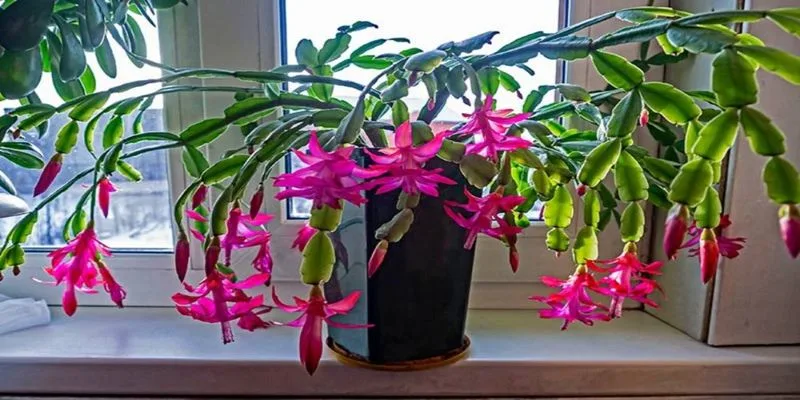
For a different rooting approach, try air layering. This method involves encouraging roots to form on the plant itself before cutting it away. Wrap a section of the cactus in moist sphagnum moss and encase it in plastic wrap. This creates a humid environment directly around the cutting, spurring root growth. Once roots develop, you can cut and plant the new section. Air layering is a fascinating technique that might just be the creative solution you’re looking for, especially if traditional methods have fallen short.
Use a Bottom Watering Method
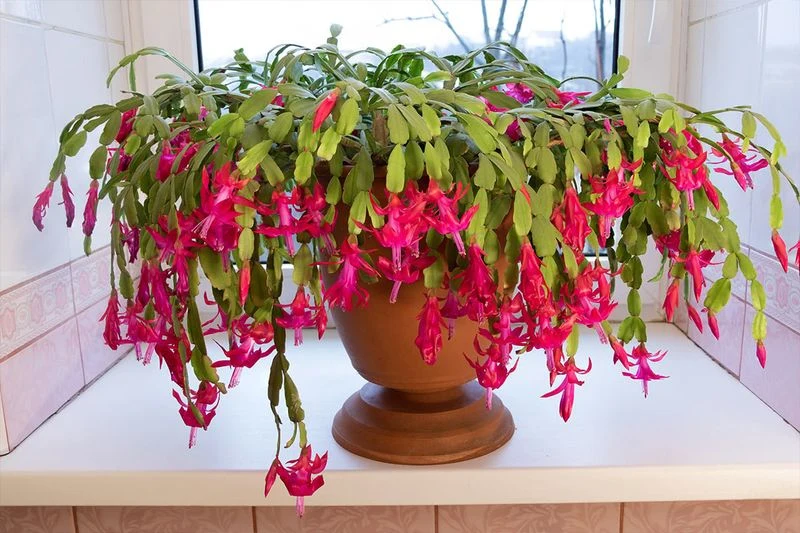
Bottom watering can be an effective strategy for nurturing stubborn cuttings. By allowing water to soak up from below, you ensure the roots receive moisture without drowning the plant. Place your pot in a tray of water and let it sit for 15-20 minutes, then remove it to let excess moisture drain. This technique helps maintain balanced soil moisture and encourages root development. It’s a gentle, indirect approach that can make a big difference, particularly if your cuttings have been hesitant to root through traditional top watering.
Experiment with Cutting Length
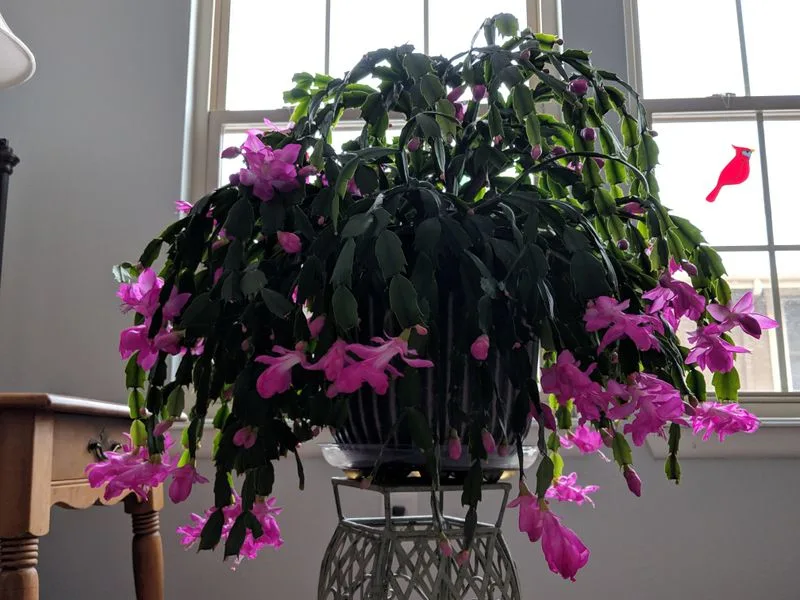
Sometimes, the length of your cutting can influence rooting success. Experiment with different lengths, ranging from a few inches to a larger segment. Shorter cuttings may root more quickly, while longer ones might benefit from having more nodes for potential root growth. By varying the length, you can discover what works best for your particular cactus variety. This trial and error approach can be enlightening, providing insights into your plant’s preferences and setting the stage for successful propagation.

